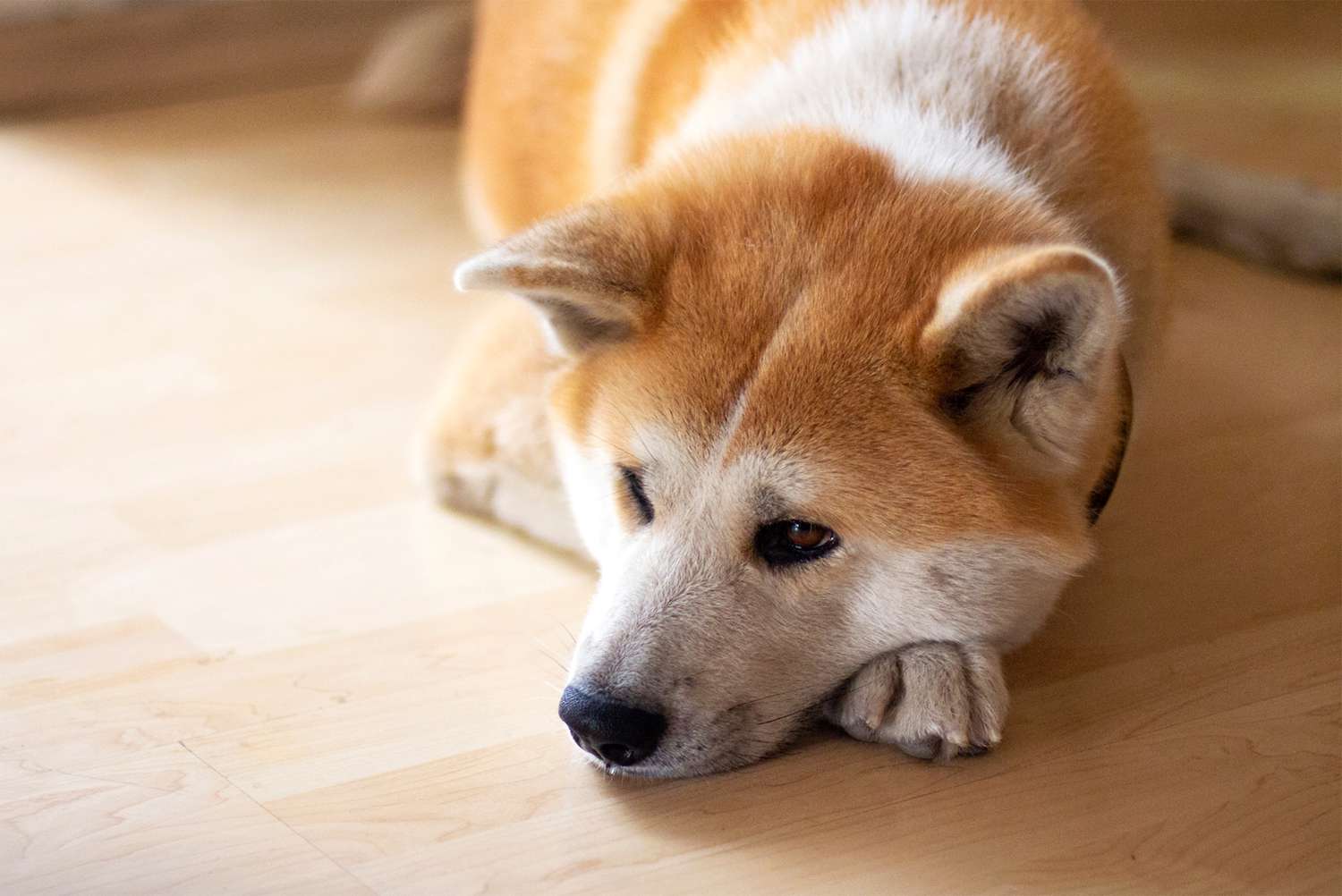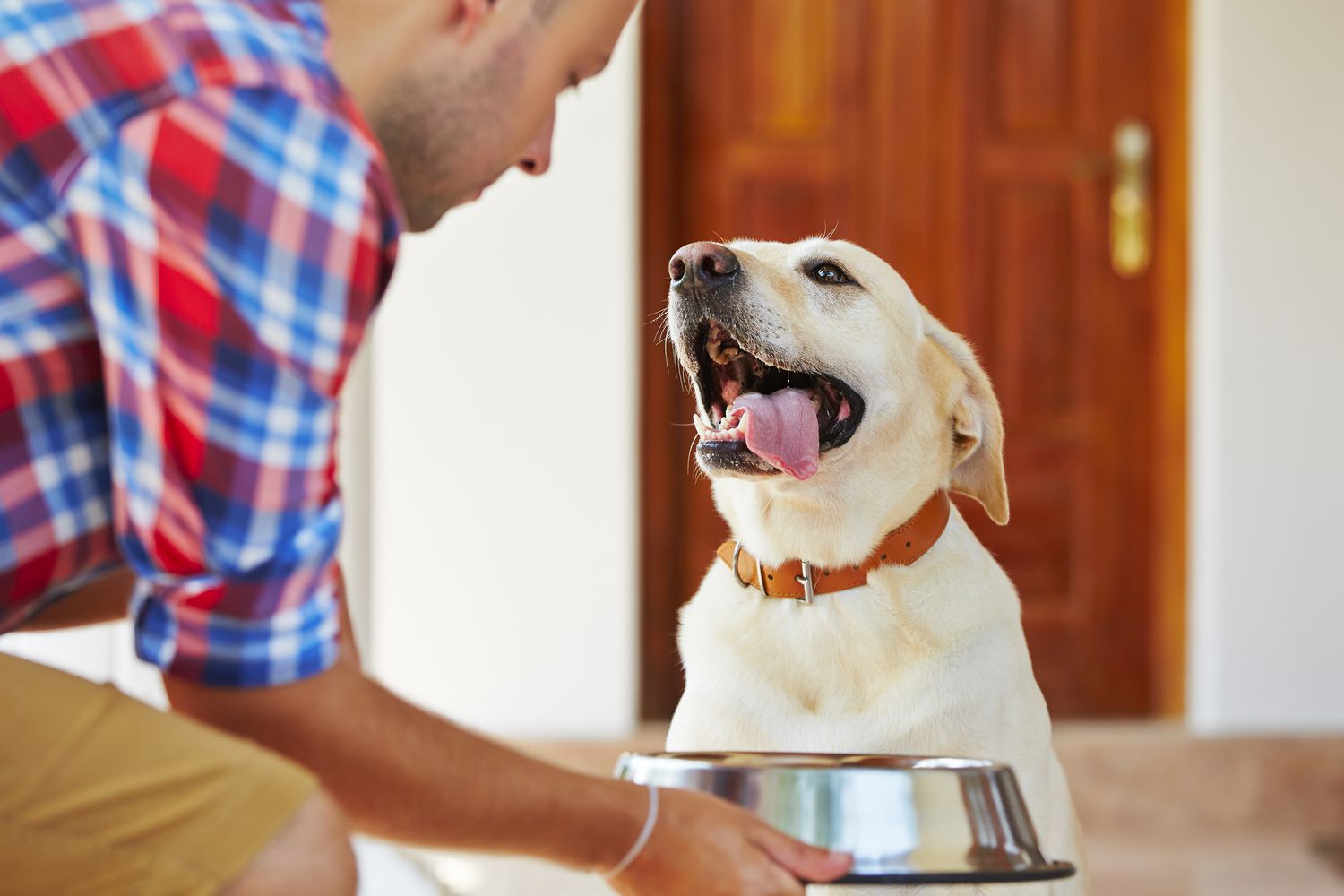
Dogs are known for being loyal and affectionate companions, but not everyone wants a dog that’s constantly by their side. Some people prefer dogs that are more independent and don’t need as much attention. If you’re one of those people, then this article is for you. We’ve compiled a list of the top 10 most independent dog breeds for those who prefer less clingy pets.
What is an Independent Dog?
Before diving into the top 10 breeds, let’s define what an independent dog is. An independent dog is a dog that doesn’t require constant attention and can entertain themselves. These dogs are usually more self-sufficient and don’t need as much human interaction.
Characteristics of Independent Dogs
Independent dogs typically have certain characteristics that make them stand out from other breeds. These characteristics include:
- Low need for attention
- Can entertain themselves
- Don’t have separation anxiety
- Low maintenance
- Not overly affectionate
Top 10 Most Independent Dog Breeds
Now that we know what an independent dog is, let’s take a look at the top 10 most independent dog breeds.
1. Basenji
The Basenji is a small, elegant dog that originated in Africa. They’re known for being independent, curious, and energetic. They don’t bark, but they do make a unique yodeling sound. Basenjis are not recommended for first-time dog owners.
2. Shar Pei
The Shar Pei is a medium-sized dog that originated in China. They’re known for their wrinkly skin and independent nature. Shar Peis can be aloof with strangers, but they’re loyal and affectionate with their families.
3. Akita
The Akita is a large, powerful dog that originated in Japan. They’re known for their loyalty and independence. Akitas can be aggressive with other dogs, so they need to be socialized at a young age.
4. Shiba Inu
The Shiba Inu is a small, agile dog that originated in Japan. They’re known for their independence and stubbornness. Shiba Inus can be difficult to train, but they’re loyal and affectionate with their families.
5. Chow Chow
The Chow Chow is a medium-sized dog that originated in China. They’re known for their thick, fluffy coat and independent nature. Chow Chows can be aloof with strangers, but they’re loyal and protective of their families.
6. Siberian Husky
The Siberian Husky is a medium-sized dog that originated in Russia. They’re known for their independence and high energy levels. Siberian Huskies are not recommended for first-time dog owners.
7. Afghan Hound
The Afghan Hound is a large, elegant dog that originated in Afghanistan. They’re known for their independence and aloofness. Afghan Hounds are not recommended for first-time dog owners.
8. Greyhound
The Greyhound is a large, athletic dog that originated in England. They’re known for their independence and speed. Greyhounds are not recommended for small living spaces.
9. Basque Shepherd Dog
The Basque Shepherd Dog is a medium-sized dog that originated in Spain. They’re known for their independence and intelligence. Basque Shepherd Dogs are not recommended for first-time dog owners.
10. Scottish Terrier
The Scottish Terrier, or “Scottie,” is a small but sturdy breed that’s known for its independence and intelligence. They were originally bred in Scotland to hunt vermin, and they have a strong prey drive.
Scotties are often described as “big dogs in small bodies” because they have a fearless and independent nature. They can be stubborn and strong-willed, so they may require more patience and consistency in training. However, with proper socialization and training, Scotties can make great companions for those who prefer a more independent dog.
Despite their small size, Scottish Terriers have a lot of energy and require daily exercise. They can be good apartment dogs as long as they get enough exercise and mental stimulation. Scotties also have a distinctive appearance with their long, wiry coats and bearded faces, which some people find very appealing.
If you’re looking for a dog that’s independent, intelligent, and full of personality, the Scottish Terrier may be the right choice for you. Just be prepared to put in some extra effort when it comes to training and socialization.
Pros and Cons of Owning an Independent Dog
Now that we’ve looked at the top 10 most independent dog breeds, let’s weigh the pros and cons of owning an independent dog.
Pros of Owning an Independent Dog
- Lower maintenance: Independent dogs don’t require constant attention and can entertain themselves, so they’re generally lower maintenance than clingy dogs.
- More freedom: If you’re someone who values your personal space and independence, an independent dog will give you more freedom and won’t constantly demand your attention.
- Good for busy owners: If you have a busy schedule or work long hours, an independent dog will be able to entertain themselves while you’re away.
Cons of Owning an Independent Dog
- Less affectionate: Independent dogs are less affectionate than clingy dogs and may not be as interested in cuddling or showing physical affection.
- Harder to train: Independent dogs can be more stubborn and harder to train than clingy dogs.
- May be more aloof: Some independent dogs can be aloof with strangers and may not be as friendly or outgoing as clingy dogs.
How to Care for an Independent Dog
Whether you decide to get an independent dog or a clingy dog, all dogs require proper care and attention. Here are some tips for caring for an independent dog:
1. Provide plenty of exercise
Independent dogs still need exercise to stay healthy and happy. Make sure to provide plenty of opportunities for your dog to run and play, whether that’s through daily walks or trips to the dog park.
2. Give them mental stimulation
Independent dogs can get bored easily, so it’s important to provide them with mental stimulation. This can include puzzle toys, training exercises, or even just switching up their routine.
3. Be patient with training
Training an independent dog can take more time and patience than training a clingy dog. Use positive reinforcement techniques and be consistent with your training.
4. Provide a comfortable living space
Make sure your independent dog has a comfortable living space with plenty of toys and a cozy bed. Some independent dogs may also benefit from having a designated “safe space” they can retreat to when they need some alone time.
Conclusion
If you’re someone who values independence and is looking for a dog that’s not too clingy, any of the top 10 most independent dog breeds on our list could be a great choice. Just remember that all dogs require proper care and attention, regardless of their temperament.
FAQs
- Are independent dogs good for first-time dog owners? Some independent dogs can be more challenging for first-time dog owners, so it’s important to do your research and choose a breed that matches your lifestyle and experience level.
- Do independent dogs require less exercise than clingy dogs? Not necessarily. All dogs require exercise to stay healthy and happy, regardless of their temperament.
- Are independent dogs good with children? It depends on the breed and individual dog. Some independent dogs may not be as patient with children as clingy dogs, so it’s important to supervise interactions and socialize your dog from a young age.
- Can independent dogs still be trained? Yes, but it may take more time and patience than training a clingy dog. Use positive reinforcement techniques and be consistent with your training.
- Do independent dogs make good apartment pets? It depends on the breed and individual dog. Some independent dogs can adapt well to apartment living, while others may require more space and outdoor exercise.




